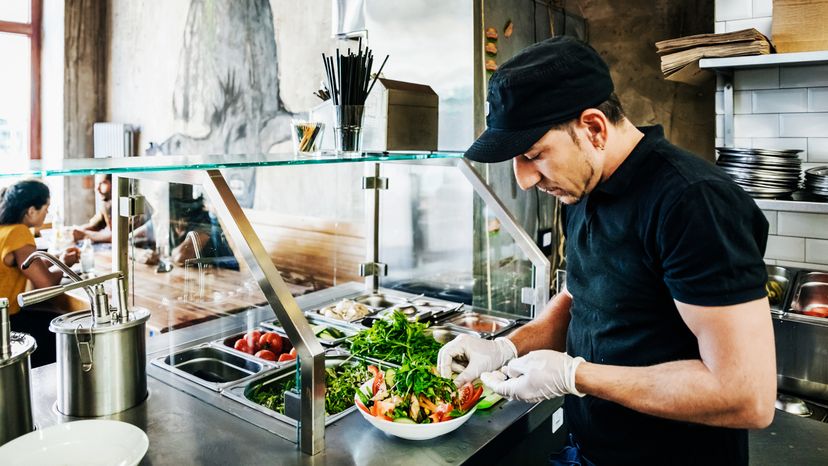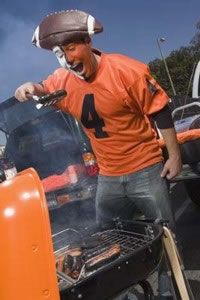Picnics are a lot of fun but they can also pose dangers, especially where food is concerned. When preparing and eating picnic food, follow these food safety guidelines and eat outdoors with confidence.
Keep Hot Hot and Cold Cold
The bacteria that cause food poisoning thrive at moderate temperatures, so it's imperative that you keep dishes hot or cold, as the case may be. If you plan to cook picnic foods at home and keep them hot until ready to eat at your picnic site, you'll need to keep them heated to at least 140°F. For the amateur cook, finding the right equipment to do this can be difficult.
Remember that insulated thermos jugs and coolers designed to keep foods cold can also keep foods warm. For the best results, preheat these cases by filling them with boiling water; leave them sealed for 10 minutes or so before packing your picnic, then empty them, dry them, and pack your food as quickly as possible.
Some slow cookers are sold with insulated carrying cases. These insulating devices can be preheated before leaving the house simply by plugging them in for 20 or 30 minutes prior to leaving. It's then a simple matter to pack your meal in them and take off. (If your picnic site has electrical service, you can plug them in again to further guarantee your food stays appropriately hot.)
It's often easier to transport a meal cold, then cook it or reheat it at the picnic site. Cold food must be kept very cold -- at 40°F or less -- to avoid the "danger zone" temperatures in which bacteria thrive. Plan on filling at least one-fourth of your cooler with ice (or ice substitutes) in order to keep your food sufficiently cold.
It's also a good idea to pack two separate coolers: one with beverages and ice, and another with your meal. This way you can open and close the beverage cooler as much and as often as you like without warming the cold food.
Keep Raw Foods Away from Cooked Foods
One cardinal rule of food safety that's as true on a picnic as it is in your kitchen is that raw food and cooked food must never come in contact with each another. This rule also applies to the utensils, cutting boards, serving platters, and other kitchenware used with each food.
Pack raw meats such as uncooked burgers and hot dogs separately from any cooked items. Double-wrap them, or place them in two layers of sealed plastic bag to contain any accidental leaks. Never place cooked meats on unwashed platters or plates that held them when they were raw.
Don't Get Sick Off of Leftovers
Cook too many hot dogs at your picnic? Any cooked foods you want to save for later in the day or take home must be promptly chilled to below 40°F. Wrap them -- bring clean scalable bags and plastic cling film for this; never reuse wrapping that held raw meat -- and place them in a cooler with plenty of ice as soon as possible.
Any cooked food that has been sitting for an hour or more in the summer heat probably isn't safe to eat, much less pack up and take home.
Food is one of life's great pleasures and it is the center of some of our favorite activities. By following a few simple safety tips, you will stay healthy and able to enjoy everything that your food -- and the activities surrounding it -- have to offer.
To learn more about food safety, check out these articles:




